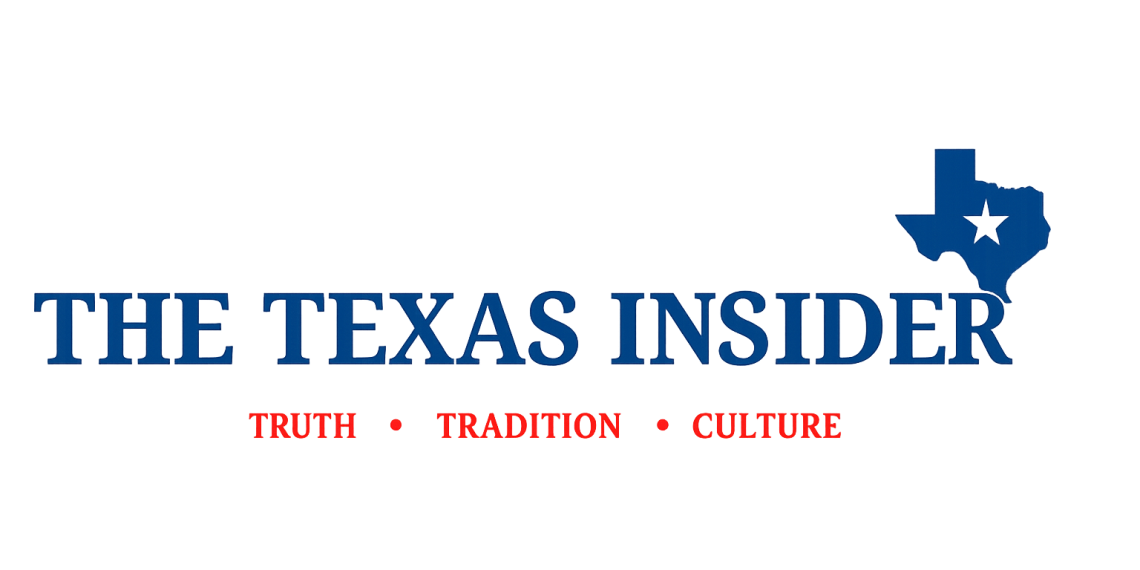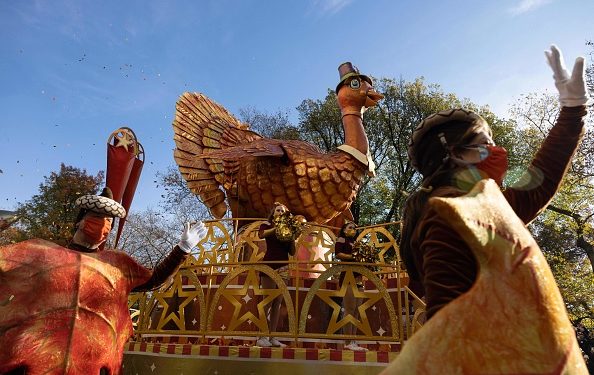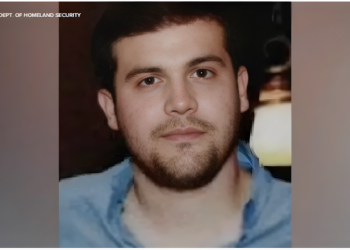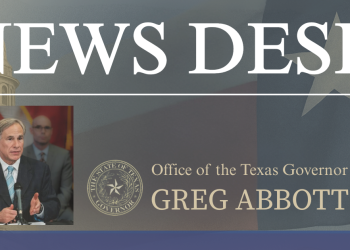For years, many Texans have proudly asserted that the first Thanksgiving feast occurred not in Plymouth, Massachusetts, but in what is now the Lone Star State.
According to historians, it might be true.
In 1598, Spanish explorer Juan de Oñate led one of the first major colonization efforts in what would become the United States. Oñate’s journey, sanctioned by King Philip II of Spain, was aimed at settling what is now New Mexico. His expedition, which started in southern Chihuahua, took him and his men through the arid Chihuahuan Desert for 50 days, eventually arriving near present-day San Elizario, just outside of El Paso, on April 30.
Oñate’s expedition, comprising 500 individuals and 7,000 livestock, endured the unforgiving terrain of the Chihuahuan Desert. After weeks of relentless challenges and dwindling supplies, the group grappled with critical shortages of food and water, pushing their resilience to its limits.
Once they reached the river, the group spent ten days recuperating, hunting, fishing, and resting. After enduring such a difficult journey, Oñate’s men celebrated their survival with a feast. The celebration reportedly included a feast of local game and fish, followed by a Catholic mass performed by Franciscan missionaries who accompanied the group. Following this moment of gratitude, Oñate continued his journey up the Rio Grande before eventually settling near Santa Fe.
For Oñate and his men, the feast was more than a celebration—it was a moment of survival, perseverance, and profound thankfulness for the challenges they had overcome and those that lay ahead.
Along with many historians, Sen. John Cornyn (R-TX) has also released an article detailing Oñate’s plight and honoring his feast as the first Thanksgiving in North America. Cornyn stated that Texas officials had long been proud of the historical event and launched efforts to recognize this event as the original Thanksgiving.
In 1992, the Texas Legislature passed a joint resolution declaring, “More than two decades before the Pilgrims landed at Plymouth Rock, these colonists… ate and drank and gave thanks for the welcome bounty of their new land.”
In 2006, former Texas Governor Rick Perry also officially designated April 30 as “First Thanksgiving Day in Texas” to honor Oñate and the early settlers who endured hardships to settle in this land.
But El Paso is not the only Texas location staking its claim to the first Thanksgiving. In 1959, a marker was placed by the Texas Society of Daughters of the American Colonists in Palo Duro Canyon, located in the Texas Panhandle. This site is linked to the 1541 expedition of Francisco Vázquez de Coronado, who some suggest may have observed the first Thanksgiving.
The event took place in Palo Duro Canyon during Coronado’s search for the fabled Seven Cities of Gold. After enduring harsh conditions, the group paused to express gratitude for their survival, marking the occasion with prayer and feasting led by Padre Fray Juan de Padilla.
A historical marker, installed in 1959 in Palo Duro Canyon State Park near Amarillo, commemorates this early moment of thanks, which some consider America’s first Thanksgiving. Critics, however, question this claim, pointing out that the crops mentioned—grapes and pecans—do not grow in the canyon area.
Despite the debate over which event truly marks the first Thanksgiving, these competing claims highlight the unique history of the Lone Star State, and its possible role in one of America’s most celebrated traditions.
As we gather with loved ones this season, it’s a time to reflect not only on our blessings but also on how we can share those blessings with others. Thanksgiving is about more than just the food on our tables; it’s a chance to show kindness and support to those who are facing challenges.
Across Texas, opportunities abound for those looking to give back during the holiday season. Whether through volunteering, donating food or clothing, or organizing community drives, these acts of generosity echo the same spirit of Thanksgiving that Oñate and his crew embodied centuries ago. While they shared a meal in gratitude for their survival, we today can share our time and resources to help others in need.
This Thanksgiving, let’s remember that the true essence of the holiday lies in service to others, and in expressing gratitude for all we have by giving back to those around us.






